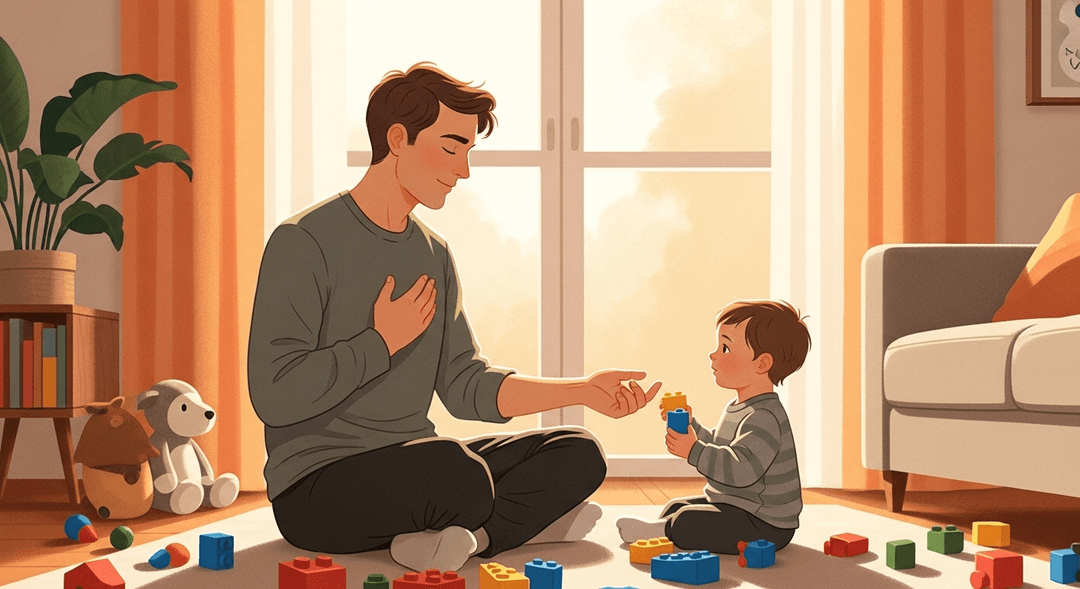Model Healthy Emotional Expression
Ever wanted to throw a tantrum next to your toddler, just to show them how it's done? Spoiler: you can, but maybe with fewer tears and more deep breaths. This is for the parent who’s ever muttered, 'I’m fine,' through gritted teeth while stepping on yet another Lego, and wondered if their kiddo is learning anything except new swear words. Let’s turn your emotional meltdowns into teachable moments—without the need for a time-out (for you or them).
Kids are emotional copy machines, so when they see you handle your stress with deep breaths instead of dramatic exits, their little brains start wiring up for emotional regulation too. This builds their prefrontal cortex (the brain’s impulse control center) and helps them learn that feelings are manageable, not scary monsters. Plus, it gives you both a shot at fewer public meltdowns—score!
How to do it
Begin by narrating your feelings aloud. For example:
"Wow, I’m feeling really frustrated because I dropped my lunch."
Next, demonstrate your coping strategy so others can see how you manage your emotions. You might say:
"I’m going to take three deep breaths."
If you make a mistake, such as raising your voice, acknowledge it openly. For instance:
"I wish I hadn’t yelled. I’m sorry. Next time, I’ll try to breathe first."
Invite others to join you in your coping strategy. Ask:
"Do you want to take a breath with me?"
Repeat these steps as needed. Remember, there will be plenty of opportunities to practice.
Key Tips:
- Be honest and specific about your feelings.
- Model healthy coping strategies in real time.
- Apologize and take responsibility if you react in a way you didn’t intend.
- Encourage participation and connection by inviting others to join you.
- Consistency is important—keep practicing these steps.
